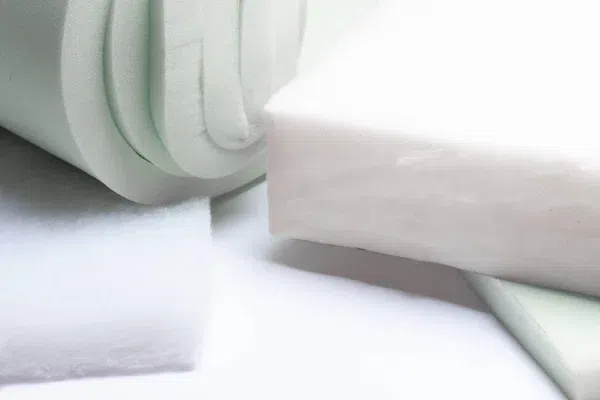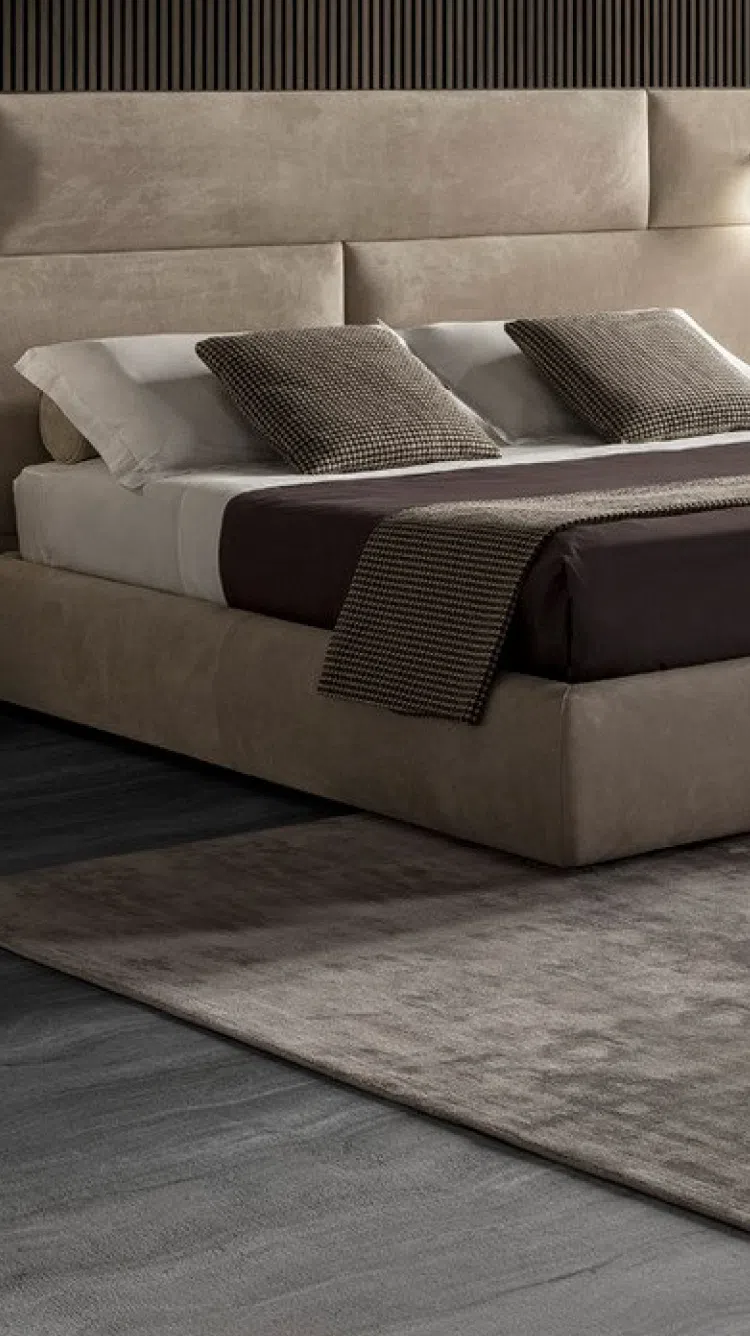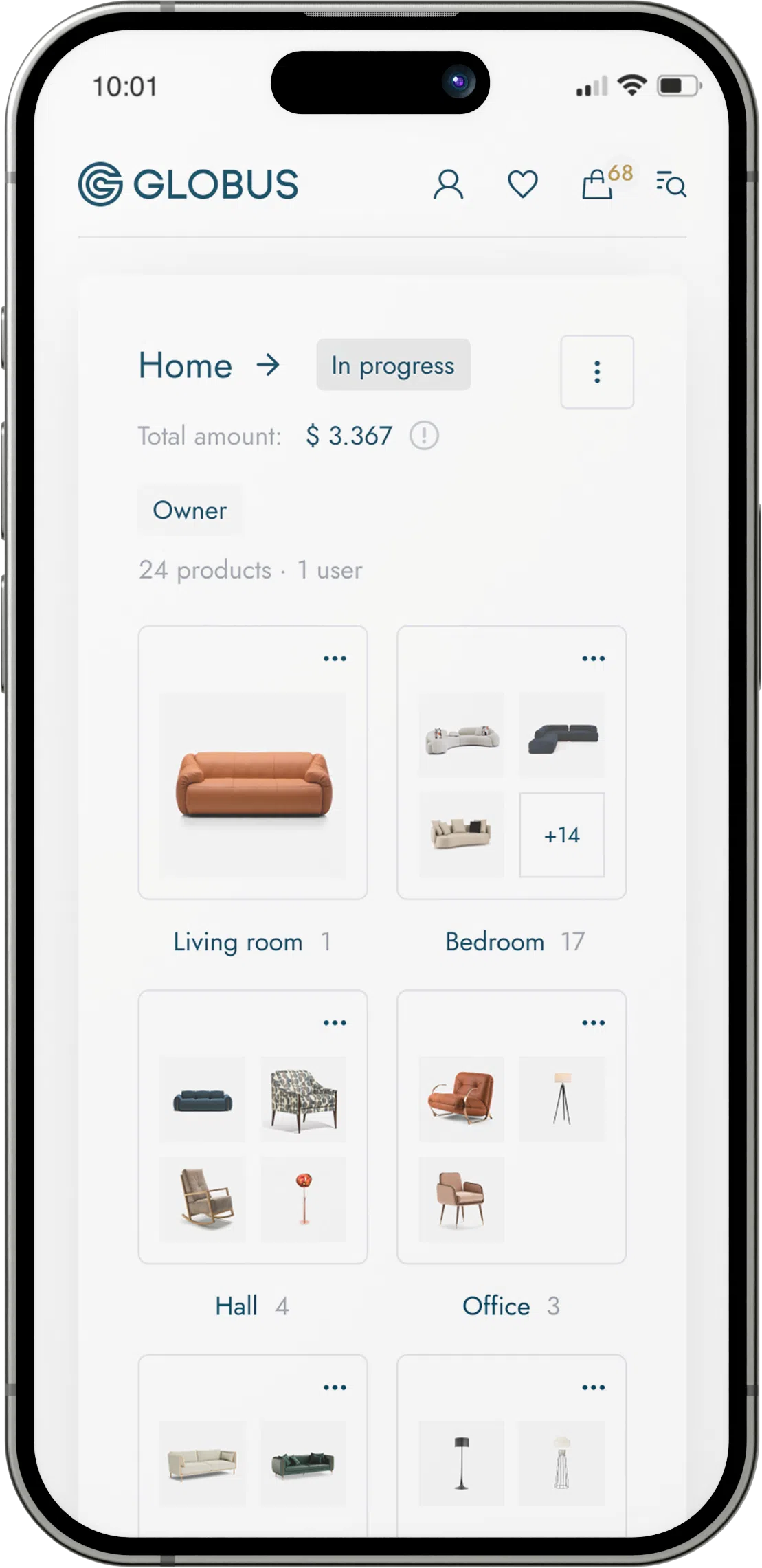
Foam is one of the most common materials used in furniture, especially in upholstery applications.
Composition: Foam is a lightweight, cellular material made from polymers. The most common polymer used for producing foam is polyurethane, which results in a flexible and durable material known as polyurethane foam. Foam can also be made from other polymers like polystyrene (styrofoam) or polyethylene, which have different properties and uses.
Types:
- Polyurethane Foam (PU): Available in high-density and low-density forms, PU foam is versatile and can be used in everything from cushions to mattresses.
- Memory Foam (Viscoelastic Foam): This type of foam softens in response to heat and pressure and slowly returns to its original shape, providing excellent support and comfort.
- High Resilience Foam (HR Foam): This has a higher density and better rebound properties, making it more durable and comfortable.
- Latex Foam: Made from natural or synthetic rubber, it is known for its breathability, comfort, and durability.
- Rebonded Foam: Created from scraps or recycled foam, rebonded foam is dense and is often used for carpet underlay and in some furniture applications.
Applications:
- Seating: Sofas, armchairs, dining chairs, and office chairs use various types of foam for cushioning.
- Sleeping: Mattresses, mattress toppers, and pillows often feature memory foam or high-density foam for comfort and support.
- Support: Foam can be used for structural elements within furniture, such as in the arms of a sofa or in padded headboards.
- Sound Insulation: Acoustic foam panels can help control sound and reduce noise in an environment.
Properties:
- Comfort: Foam provides a comfortable seating surface by contouring to the body's shape.
- Durability: High-quality, high-density foams last longer and maintain their shape and firmness.
- Support: Foams can offer excellent support by evenly distributing weight and alleviating pressure points.
- Breathability: Certain types of foam, like latex, allow air to circulate, preventing heat buildup.
- Hypoallergenic: Some foams are resistant to allergens, making them suitable for people with allergies.
Considerations for Use:
- Density: A measure of weight per cubic foot, indicating how much material is in the foam and loosely correlating to the foam’s quality and durability.
- Indentation Load Deflection (ILD): This is a measurement of firmness, indicating how much pressure is required to indent the foam.
- Resilience: Refers to how "bouncy" the foam feels, which affects comfort.
- Flammability: Some foam materials are more flammable than others; furniture intended for sale will often need to meet specific fire safety standards.
- Environmental Impact: Considerations around the use and production of foams, particularly concerning off-gassing of volatile organic compounds (VOCs) and recyclability.
Maintenance: Foam cushions should be flipped and rotated regularly to ensure even wear. They should also be kept dry to prevent the growth of mold or mildew. Some foams can be cleaned with mild detergents, but it's important to read the manufacturer’s instructions for proper care to avoid damage.
In summary, foam is a key material in the furniture industry thanks to its adaptability, comfort, and resilience. A good understanding of the various types of foam and their properties is essential for anyone involved in furniture design, manufacturing, or sales.


